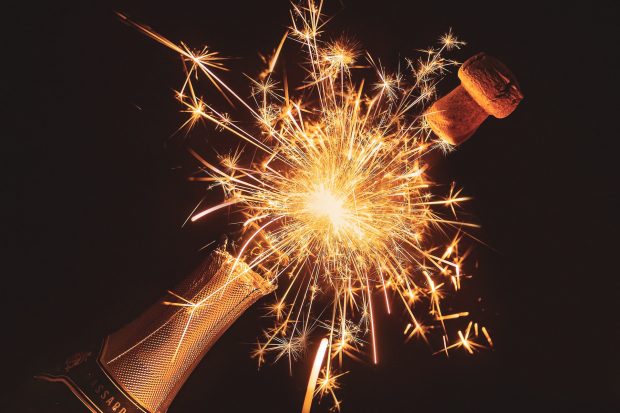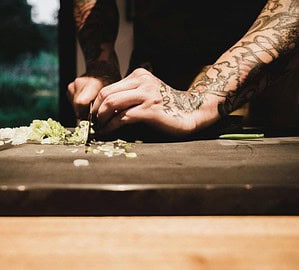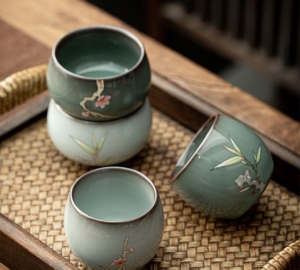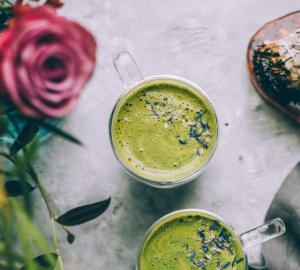Nothing embodies the spirit of a celebration like popping the cork on a bottle of Champagne. The bubbly, sparkling vintage has been enjoyed for centuries, its effervescence distinguishing it from all other wines. But what exactly makes Champagne different, and who really invented it?

What is Champagne and Who Invented It?
Legend has it that Champagne was invented in 1693 by the French monk, Dom Pierre Pérignon. In reality, sparkling wine had existed long before Dom Pérignon was quoted to have said, “Come quickly, I am drinking the stars.” So, while he didn’t exactly invent Champagne, the monk did develop the technique to produce white wine from red wine grapes that is still in use today.
Arriving in France’s Champagne region in 1668 to serve as cellar master for the abbey, Dom Pérignon was actually attempting to get the bubbles out of his sparkling wine, a result of the refermentation process. The fact that he failed is cause for celebration. Perhaps with a glass of chilled champers.
What’s The Difference Between Champagne & Sparkling Wine?
Too often, people use the word Champagne to describe all sparkling wines. In fact, not all sparkling wine is Champagne, but all Champagne is sparkling wine. The moniker Champagne can only be used if the wine comes from the Champagne region in the north of France.
The process used to create Champagne and sparkling wine is complex and is a contributing factor to the cost of a bottle.
The “methode champenoise” involves creating the bubbles in each individual bottle at the point when it goes through a secondary fermentation. This process requires the winemaker to handle every bottle multiple times, making it an arduous, time consuming, and expensive undertaking.
The “charmat method” used to produce Prosecco and other sparkling wines creates its bubbles by having the secondary fermentation take place in a large tank of wine. The wine is then bottled when the process is complete.
The third method of imbuing wine with bubbles is similar to how soft drinks are made. Carbon dioxide is pumped into a giant tank of wine and then transferred to bottles. This method produces the most inexpensive sparkling wines.
What Are the 3 Styles of Champagne?
Chardonnay, Pinot Noir, and Pinot Meunier are the three types of grapes used to produce Champagne.
Blanc de Blancs, or white of whites, are made with 100% white grapes. If a Champagne is labeled Blanc de Blanc, it means that it is 100% Chardonnay, and features flavors of lemon and apple.
The Blanc de Noirs, or white of blacks, is Champagne made with 100% black grapes. This typically means a blend of either Pinot Noir or Pinot Meunier. The flavor profile of Blanc de Noir includes notes of strawberry and white raspberry.
Champagne labeled Rosé blends blanc Champagne with a small amount of red Pinot Noir or Pinot Meunier to give it its pink hue and strawberry and raspberry taste.
Final Thoughts
Choosing your favorite Champagne or sparkling wine doesn’t have to revolve around price or brand fame. What’s most important is to rely on your palate and your preferences to find the perfect Champagne for you and for any occasion.



